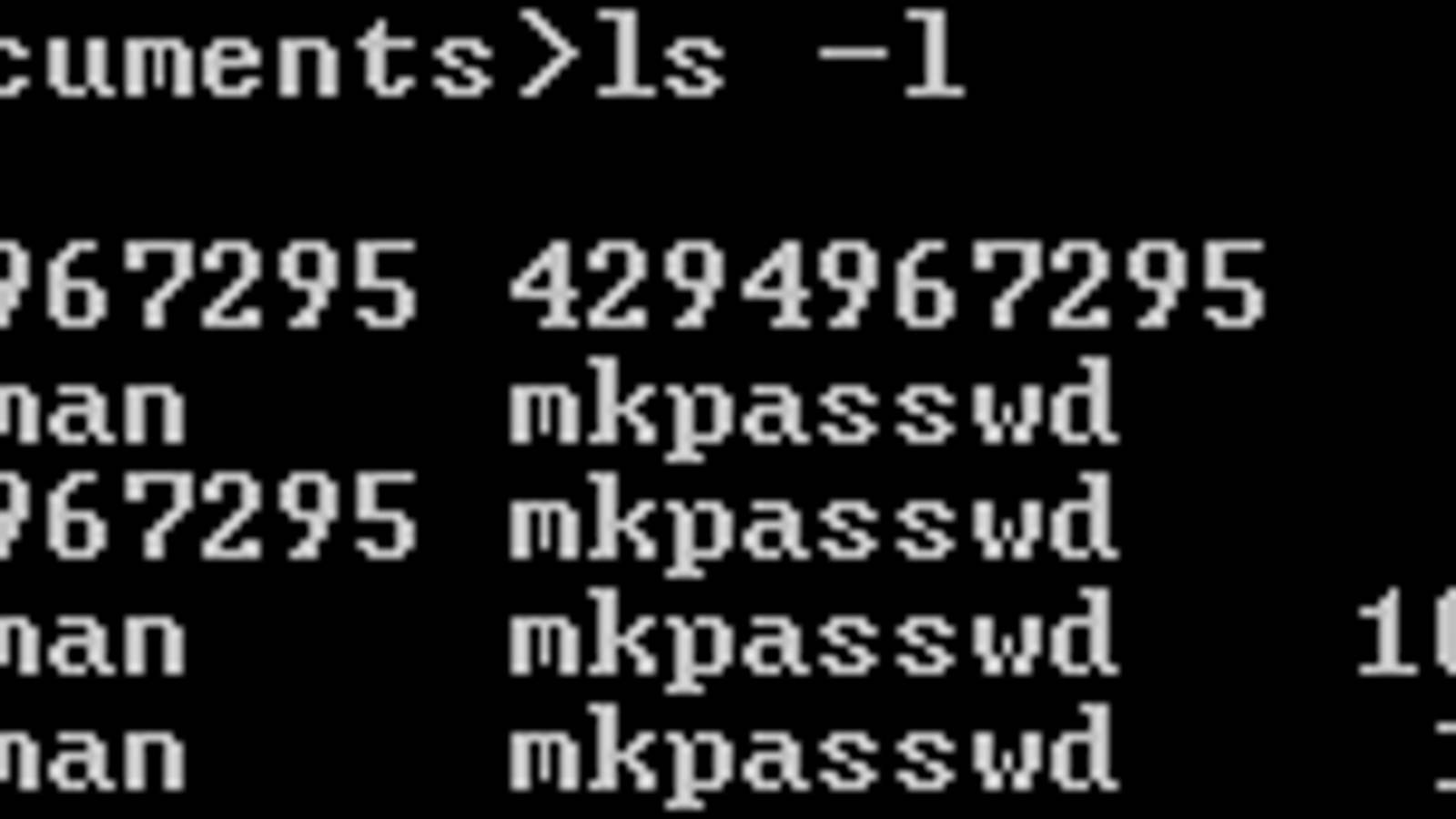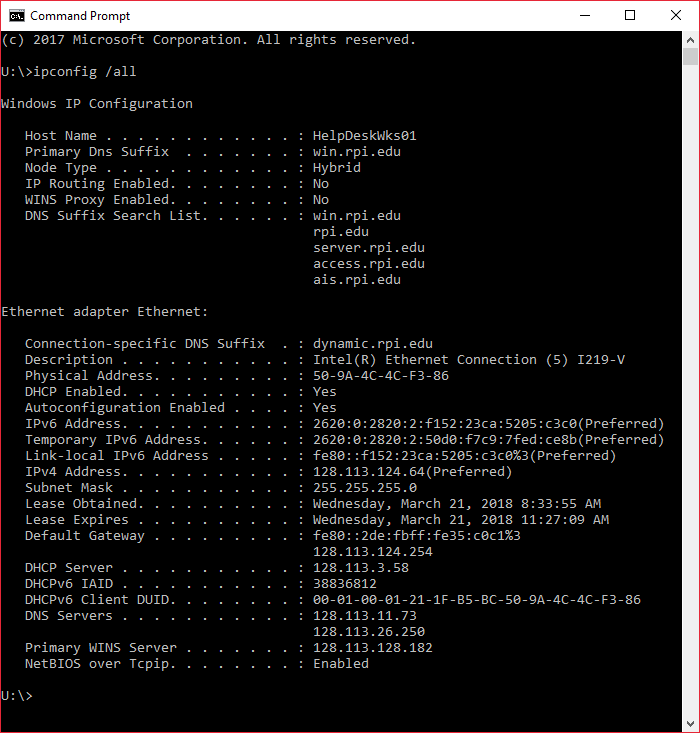
Spreadsheet tools like Excel and Google Sheet break before reaching the million of lines. If you want to disable this feature, click on the title bar of the Terminal window and clear the Run Commands using IDE option.Few CSV editors can manage large CSV files. To run a highlighted command in debug mode (use the Debug tool window instead of Run) press Ctrl+Shift+Enter.


This feature also works with most of the commands recognized by Run Anything (press Ctrl twice), such as mvn, gradle, rake, rails, and so on, depending on what plugins you have installed. In this example, it will open the Log tab of the Git tool window and filter commits by authors with “dmitry” in their usernames. Instead of pressing Enter, which runs the command in the terminal, press Ctrl+Enter to open the corresponding GUI element. Type a supported command in the terminal and notice how it is highlighted. Open the Log tab of the Git tool window from the terminal Another example is the Log tab in the Git tool window, which is based on the output of the git log command. For example, the diff viewer actually runs the diff command in the system shell to produce results. Instead of running a specific command in the integrated terminal and reading console output, you can use the relevant IDE feature, like a tool window or a dialog that implements this functionality. For more information, see Advanced Settings: Terminal. For more information, see Terminal settings.įor advanced settings, select Advanced Settings and scroll down to the Terminal group. Press Ctrl+Alt+S to open the IDE settings and select Tools | Terminal. You can click Match case in the search box to make it case-sensitive. This searches all text in the session: the prompt, commands, and output.īy default, the search is not case-sensitive. To search for a certain string in a Terminal session, press Ctrl+F. This feature is available if the Show application title checkbox is selected in Advanced Settings.
Terminal find file mac and open unix command windows#
For example, use title MyTitle if your interpreter is Windows Command Prompt or echo -en "\033]0 MyTitle\a" for bash and zsh. Just like with system terminal tabs, you can rename IntelliJ IDEA Terminal tabs programmatically. Right-click the tab and select Rename Session from the context menu. Alternatively, you can press Alt+Down to see the list of all terminal tabs.Ĭonfigure shortcuts for the terminal actions in the IDE settings ( Ctrl+Alt+S), under Keymap | Plugins | Terminal.

Press Alt+Right and Alt+Left to switch between active tabs. To close a tab, click on the Terminal toolbar or press Ctrl+F4. It preserves tab names, the current working directory, and even the shell history. The Terminal saves tabs and sessions when you close the project or IntelliJ IDEA. To run multiple sessions inside a tab, right-click the tab and select Split Right or Split Down in the context menu. To start a new session in a separate tab, click on the toolbar or press Ctrl+Shift+T. You can open the terminal as an editor tab: right-click the Terminal tool window header and select Move to Editor. Right-click any file (for example, in the Project tool window or any open editor tab) and select Open in Terminal to open the Terminal tool window with a new session in the directory of that file. For information about changing the default start directory, see Terminal settings. Open the Terminal tool windowįrom the main menu, select View | Tool Windows | Terminal or press Alt+F12.īy default, the terminal emulator runs with the current directory set to the root directory of the current project. For information about changing the shell, see Terminal settings. Initially, the terminal emulator runs with your default system shell, but it supports many other shells, such as Windows PowerShell, Command Prompt cmd.exe, sh, bash, zsh, csh, and so on. Open the Installed tab, find the Terminal plugin, and select the checkbox next to the plugin name.

Press Ctrl+Alt+S to open the IDE settings and select Plugins. If the relevant features aren't available, make sure that you didn't disable the plugin. This functionality relies on the Terminal plugin, which is bundled and enabled in IntelliJ IDEA by default.


 0 kommentar(er)
0 kommentar(er)
